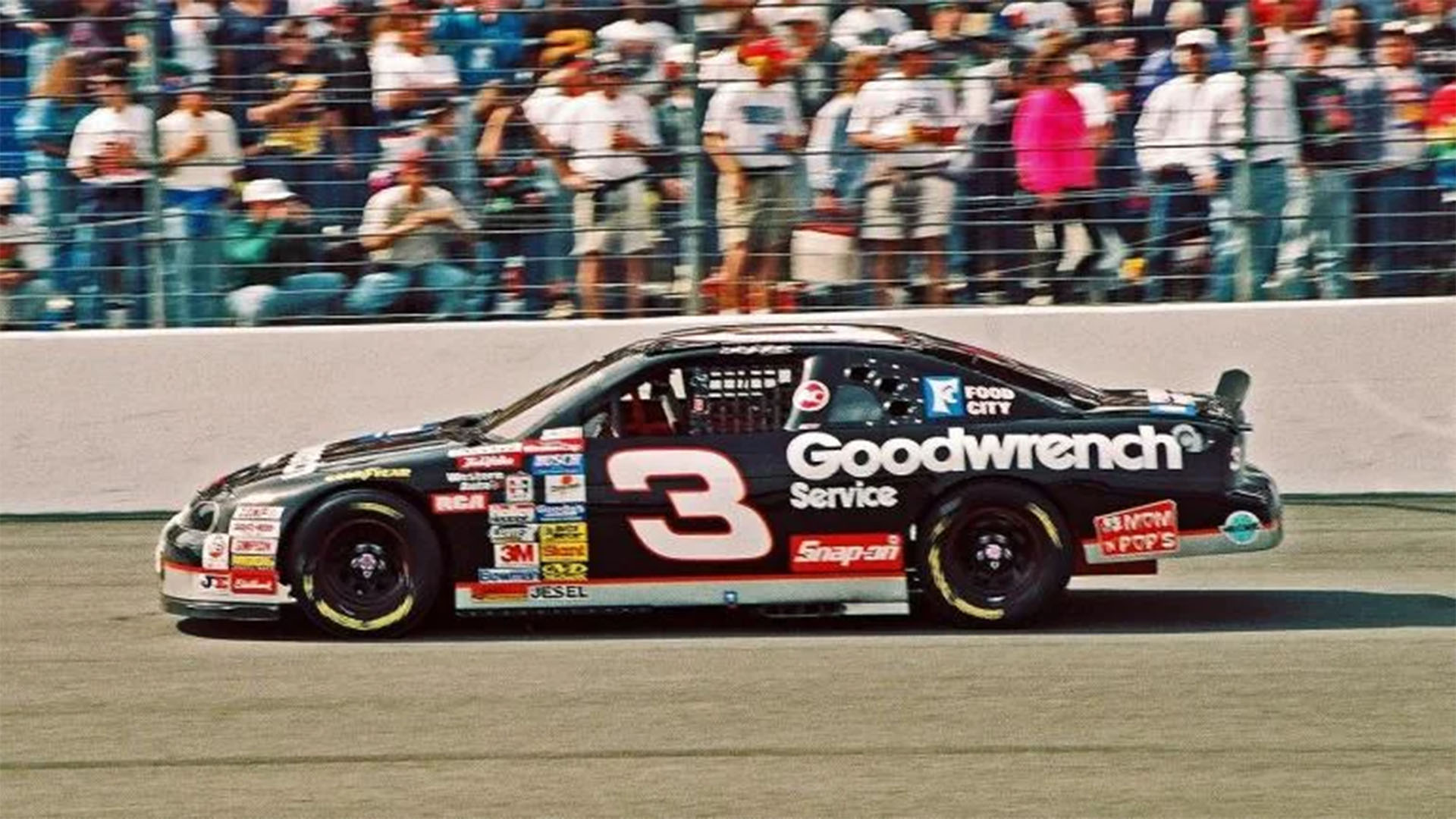How does Sprint Cup chase work?


You’ve probably heard the term “Sprint Cup Chase” thrown around in conversations about NASCAR, but what exactly does it mean? How does the Sprint Cup Chase work, and why should you, as a fan or potential fan, care about it?
In simple terms, the Sprint Cup Chase, commonly known just as “the Chase,” is NASCAR’s playoff system designed to determine the annual champion of the Cup Series.
Table of Contents
In This Article
We will dive into the complexities and intricacies of the Sprint Cup Chase, its format, and how drivers qualify for this exciting end-of-season showdown. We’ll also look at the evolution of the Chase over the years and how it has influenced the sport of auto racing. So buckle up; this is going to be an exciting ride!
A Detailed Explanation of the Sprint Cup Chase
The Basics of the Chase Format
The Sprint Cup Chase is essentially NASCAR’s way of leveling the playing field and ensuring an exciting climax to the season. Unlike traditional points-based championship formats in other motorsports, NASCAR introduced the Chase to bring a playoff-like atmosphere to the final races of the season. In this system, a select number of drivers are chosen based on their regular-season performance and other criteria like wins, points, and wild-card entries. These drivers then compete in a series of races, with the field narrowing down until only one is crowned the champion.
Evolution Over Time
Initially launched in 2004, the Chase has gone through multiple changes and refinements to make it more competitive and engaging for fans. For example, it started with only 10 drivers eligible for the championship but has expanded to include more drivers in recent years. Various adjustments to the points system, the introduction of elimination rounds, and tweaks to the qualification criteria have all aimed to make the Chase a defining feature of the NASCAR season.
How Drivers Qualify
To qualify for the Chase, drivers must meet specific criteria, usually based on their regular-season performance. Generally, wins are the most straightforward way to secure a spot, but points are also crucial. Drivers accumulate points throughout the regular season, and those with the highest totals—alongside race winners—get the nod to compete in the Chase. Wild-card entries have also been a part of the qualification process, giving underdogs a chance to make it to the postseason.
What’s at Stake
The Chase isn’t just about bragging rights; it’s about legacy. Winning the Sprint Cup Championship elevates a driver’s status in the world of motorsports and brings financial rewards, sponsorship deals, and, of course, the coveted Sprint Cup trophy. The intense competition and drama that unfold during the Chase races make for compelling viewing, ensuring NASCAR’s position as one of America’s most-watched sports.
Here’s everything else you need to know about how the Sprint Cup Chase affects drivers, fans, and the sport as a whole.
Key Aspects of Strategy in the Chase
In the Chase, strategy takes center stage. Teams and drivers meticulously plan out each race, keeping an eye on the leaderboard while also assessing the driving styles and tactics of their competitors. In this section, we’ll explore the crucial elements that go into strategizing for the Chase.
Fuel and Tire Management
During the Chase, managing fuel and tires becomes more critical than ever. Teams have to perfectly time their pit stops to ensure they don’t run out of fuel or wear their tires down too much. A single miscalculation could result in losing valuable time and positions, making it even more challenging to accumulate the necessary points to advance.
Adapting to Different Tracks
The Chase consists of various races held at different tracks, each with its own unique set of challenges. Some tracks might be more conducive to aggressive driving, while others might reward conservative strategies. Teams often have specific setups for each track type, fine-tuning their cars to adapt to the changing conditions.
The Impact of the Chase on NASCAR’s Popularity
Creating a More Exciting Viewer Experience
One of the primary objectives behind the introduction of the Chase was to make NASCAR more appealing to viewers. The traditional points system, while fair, often led to predictable outcomes. The Chase, on the other hand, brings a level of unpredictability and drama that has undoubtedly made the sport more engaging to watch, drawing higher TV ratings and more in-person attendance.
Attracting a New Fan Base
By introducing a playoff-like system, NASCAR has managed to attract fans from other sports who are familiar with the playoff concept. This crossover has helped diversify NASCAR’s fan base, making it more appealing to younger audiences and those who might not have otherwise been interested in motorsports.
The Controversies and Criticisms Surrounding the Chase
Despite its popularity and excitement, the Chase format hasn’t been without controversy. Let’s delve into some of the issues that have generated debate among fans, drivers, and analysts.
“Gimmick” or Genuine Competition?
One of the long-standing criticisms of the Chase is that it’s a “gimmick” designed to artificially inject excitement into the NASCAR season. Purists argue that the traditional, season-long points system was a more accurate measure of a driver’s skill and consistency. The Chase, they contend, can sometimes allow a less consistent driver to win the championship based on a few strong late-season performances.
Is It Fair?
Another area of contention is the fairness of the Chase format. Critics question whether it’s fair for a driver who has performed exceptionally well during the regular season to potentially lose the championship in the final races due to the reset of points and the elimination-style format. This system can lead to high-pressure scenarios where a single mistake can cost a driver the entire season.
How does Sprint Cup chase work? – Final Thoughts
You’ve now navigated the ins and outs of how the Sprint Cup Chase works. From its format and evolution to the nitty-gritty details of strategy, you’re well-equipped to enjoy the racing season like never before. The Chase brings its share of excitement and controversy, but there’s no denying it has had a significant impact on the sport of NASCAR. So the next time you’re tuning into a nail-biting, engine-roaring race, remember: in the Chase, every moment counts. Keep your eyes on the prize and your foot on the gas pedal, because the Chase is where legends are made.
How does Sprint Cup chase work? – FAQ
Q: How many drivers typically participate in the Sprint Cup Chase?
A: The number has varied over the years, but as of recent rules, 16 drivers usually qualify for the Chase.
Q: Are there any women drivers who have qualified for the Chase?
A: As of my last update in September 2021, no woman driver has qualified for the Chase in the Cup Series.
Q: How are points reset for the Chase?
A: Points are generally reset to a base value, and drivers receive additional points for each win they had during the regular season.
Q: Can a driver be disqualified from the Chase?
A: Yes, drivers can be disqualified for various reasons, including rule violations or unsportsmanlike conduct.










